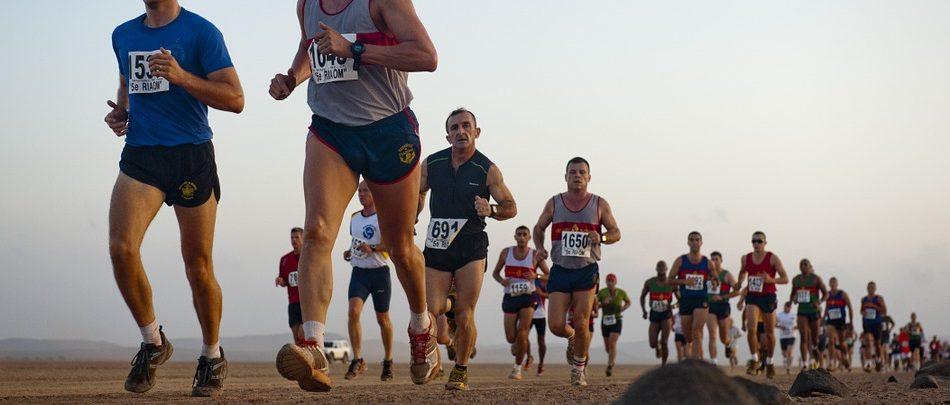If you’re like most Canadians, you’ve been watching our athletes proudly, from the comfort of your living room. If the Olympics have got you thinking about getting into shape, take some advice from ergonomists (with a kinesiology background) and keep yourself safe while you pursue your medal dreams. Here are some tips for “fitting sport to people”:
- Start slow. Do NOT attempt to run 10 k, or break the 10 second mark on a 100 m sprint on your inaugural effort. (Andre didn’t, so why should you?) Start with a gentle walk/run routine, and work up to longer distances or faster times.
- Make it automatic. Your body likes to be trained with low efforts before you increase intensity. For example, learn the proper posture for a bicep curl with very low weight before increasing the resistance. Go out for a short walk five times a week for three weeks before starting a running routine.
- Choose an activity that complements your daily activities, rather than one that mimics them. If you walk all day, then maybe rowing or swimming would be perfect. If you sit all day, consider walking, running, or some other weight-bearing activity. Your body craves variety!
- Warm up to physical activity. Even in the summer heat, your muscles need extra blood circulated to them before you start your event. Walk before you run. Swing your arms and legs to loosen up your joints. You’ve seen the Olympic athletes warming up, and they may be in slightly better shape than the rest of us. 😉 Warming up, and loosening up the joints becomes even more critical when you’re less fit.
- Choose proper equipment. Here is our “ergo” tip: fit the equipment to the user, including shoes, gloves, and clothing. Walking shoes are not meant for running…choose the shoes that are designed for your sport of choice. Similarly, if you need gloves, make sure you choose well and get gloves that fit properly. Borrowing equipment to “get you started” seems like a good idea, but if your initial experience in poorly fitting equipment leads to blisters, sprains, or bruises, you’ll be turned off of the activity.
- Stretch after. Most (but not all) researchers and athletes believe that stretching after a workout can prevent muscle soreness. Stretch slowly and only to the point of tension. Even if they’re wrong and stretching doesn’t help, slow, gentle stretches can’t hurt you! Some people prefer to stretch before exercise too; if you’re one of these, be careful to warm up your muscles and loosen up your joints first. Stretching “cold” muscles or “stiff” joints can hurt you.
- Include all aspects of fitness, including strength, cardiovascular, and flexibility. Most sports emphasise one over the other – yoga is great for flexibility but might not be intense enough for cardio, whereas running is great for cardio but doesn’t result in improvements in strength or flexibility. Most athletes cross-train, and you should too!
It may be a case of “Olympic-fever” but we’ve had several requests for custom exercise programs for workplaces. If we can help you to get employees on the road to better fitness, give us a call!


